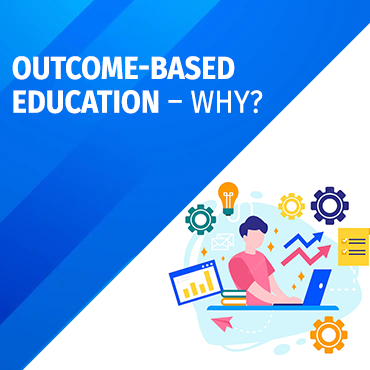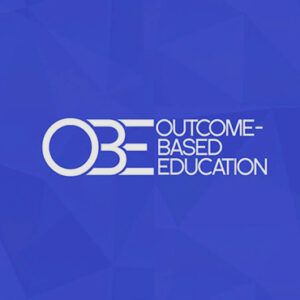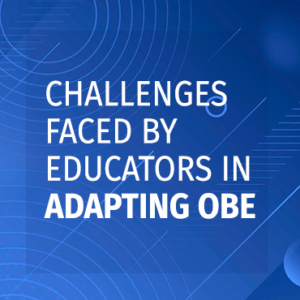
Outcome-Based Education – Why?
In this fast-paced and competitive world, students need actual skills to secure jobs!
Simply showing good grades on paper is no longer the main criteria for getting placement. An individual needs to possess certain knowledge and skills to survive in the corporate world.
This is where Outcome Based Education comes into the picture. Schools and educational institutes need to follow the OBE framework to deliver education. It will help them to become skilled individuals with better job opportunities.
We are going to discuss Why OBE Model is desired model ?
- Student Centred Learning – Outcome-based education (OBE) is a flexible, dynamic approach to education. Instead of teaching to a standard, it allows students to master different concepts at their own pace. Outcome-based education develops critical thinking skills, research skills, and the ability to connect seemingly disparate subjects. In other words, students learn how to make connections between subjects that are normally taught separately.
- Increased interest and participation by students –OBE is a model of higher education that is geared toward delivering the desired outcomes for a course. It promotes student involvement by demanding that students undertake self-learning. This increases student engagement, as they are now more accountable for the course material they are learning.
- Better clarity on students skills and talent Compared to traditional education, this system of education emphasizes learning outcomes rather than specific course content. In other words, OBE focuses on the competencies of the student, instead of just his or her knowledge. The students are able to demonstrate their proficiency in a particular skill, which is critical for success. The process of quality assurance helps determine if the educational objectives are met and the educational programs are aligned with the general standard.
- Better understanding between teachers and students towards their role Outcome-based education focuses on student learning outcomes rather than the content of an educational program. It is a paradigm shift in higher education. The focus is on achieving a certain goal that is specified by a curriculum. With this system, there is no single method of teaching or assessment. All classes and opportunities should lead to the achievement of the specific outcomes. This approach also enables faculty members to adapt their roles and activities to achieve these desired results.






